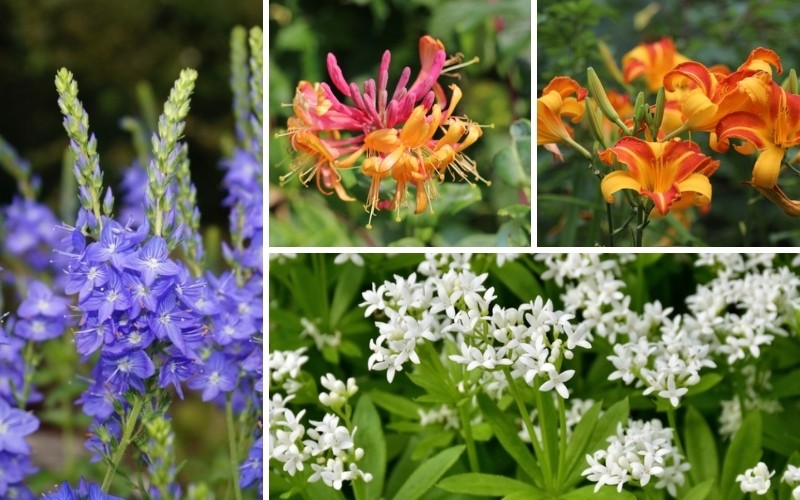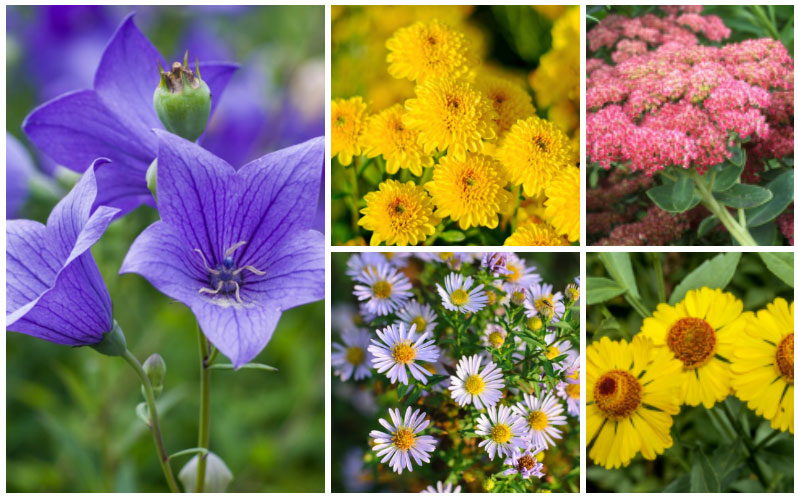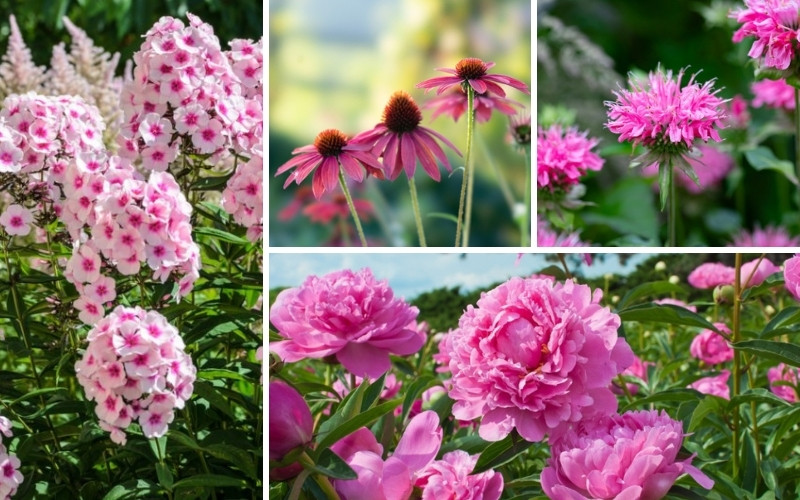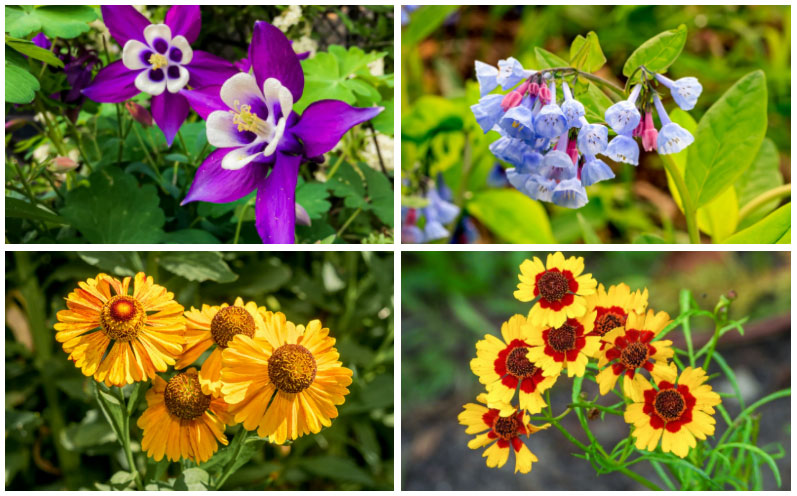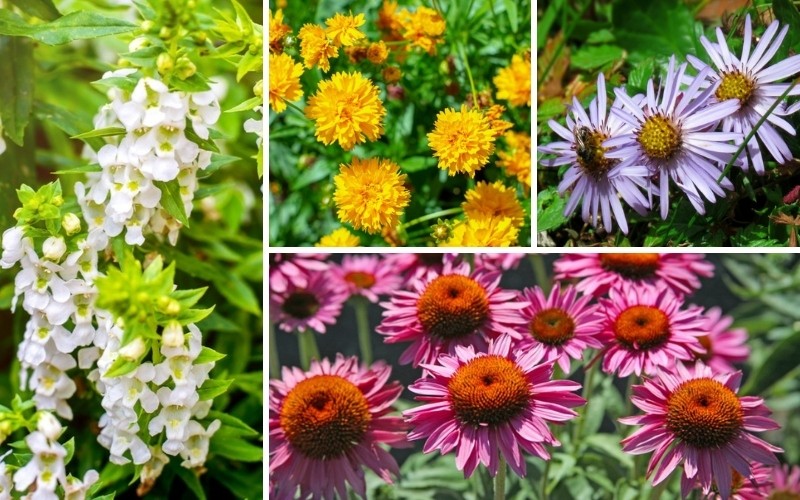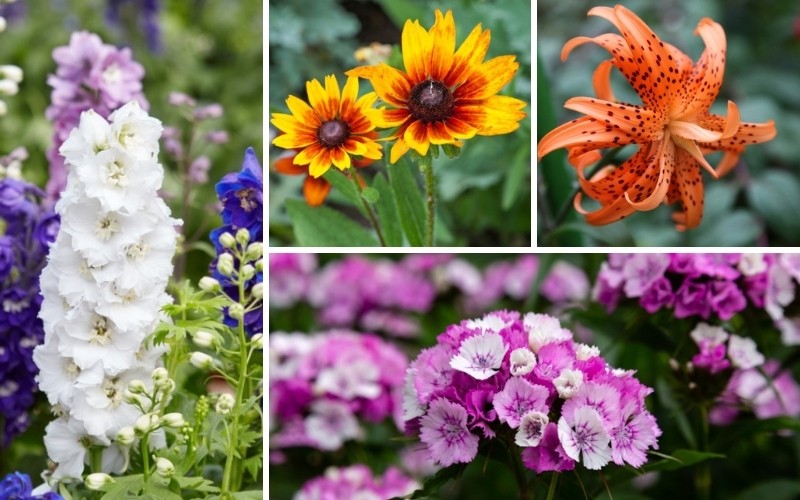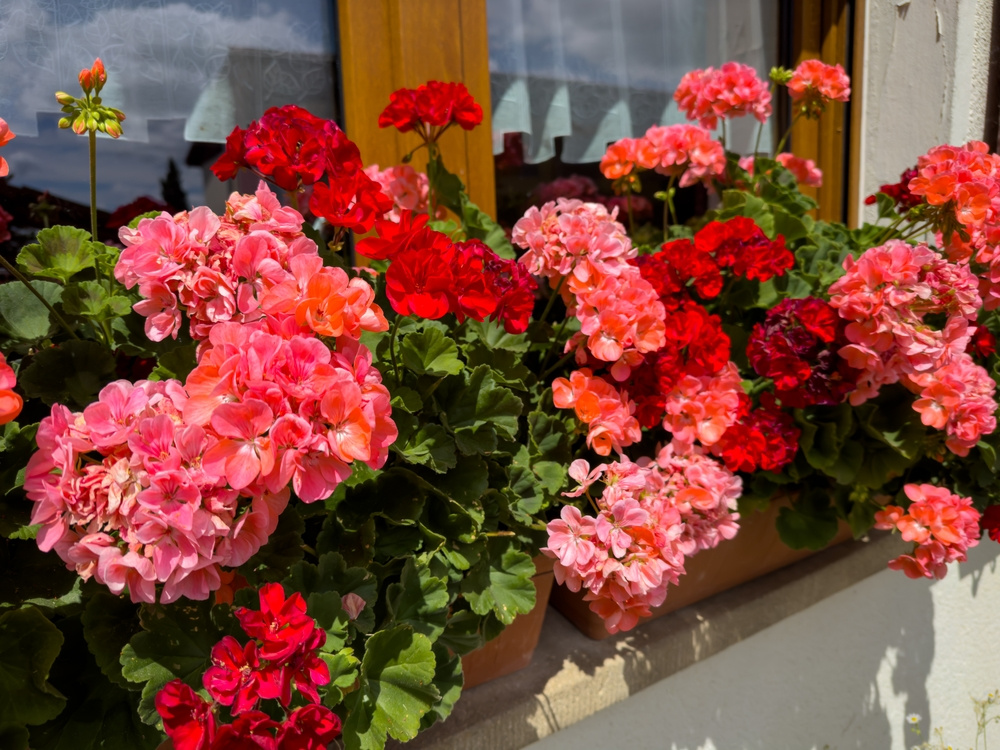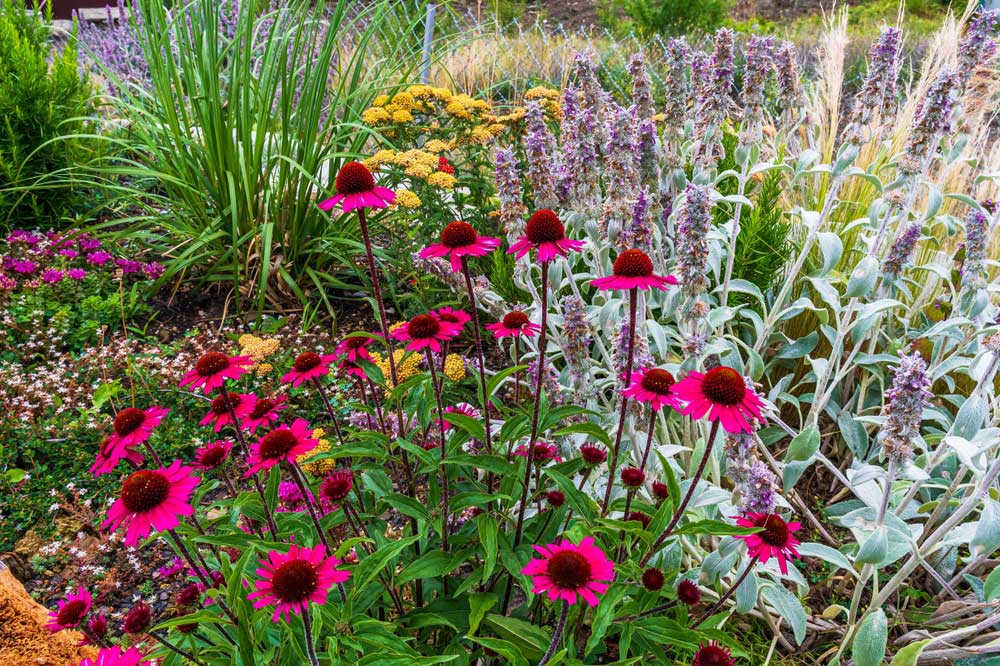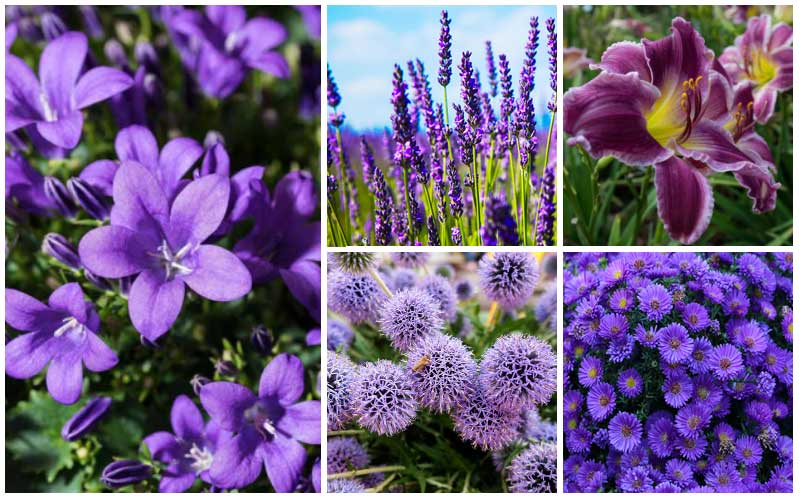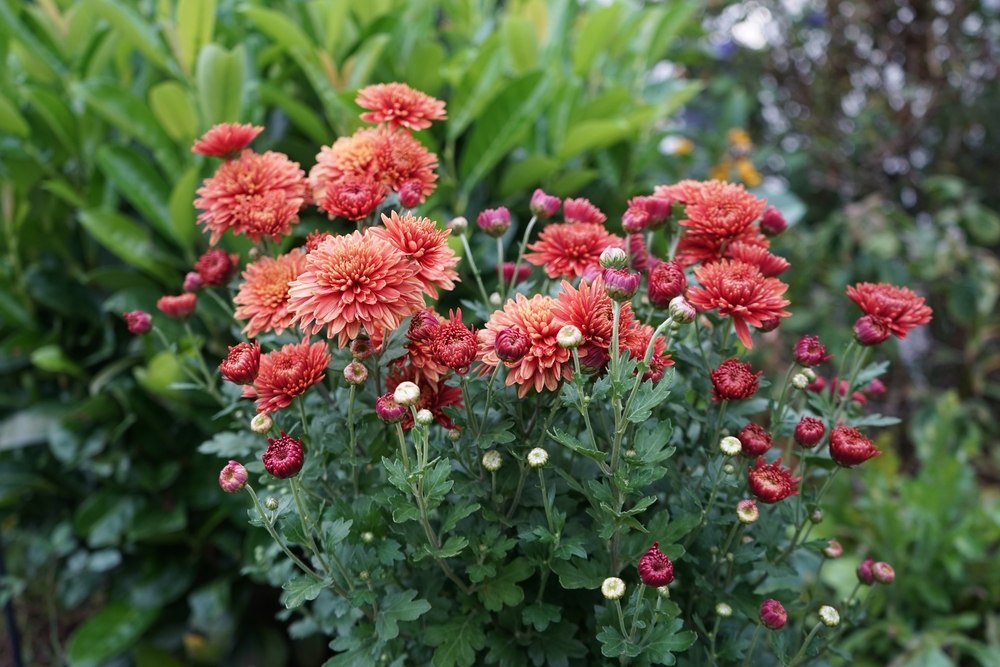
As summer winds down, many gardeners think their planting days are over. But did you know that September is actually an ideal time to get some perennials in the ground?
The warm soil and cooler air create perfect conditions for root growth, setting your plants up for success come spring.
Let’s explore 15 beautiful perennials that thrive when planted in September.
1. Allium
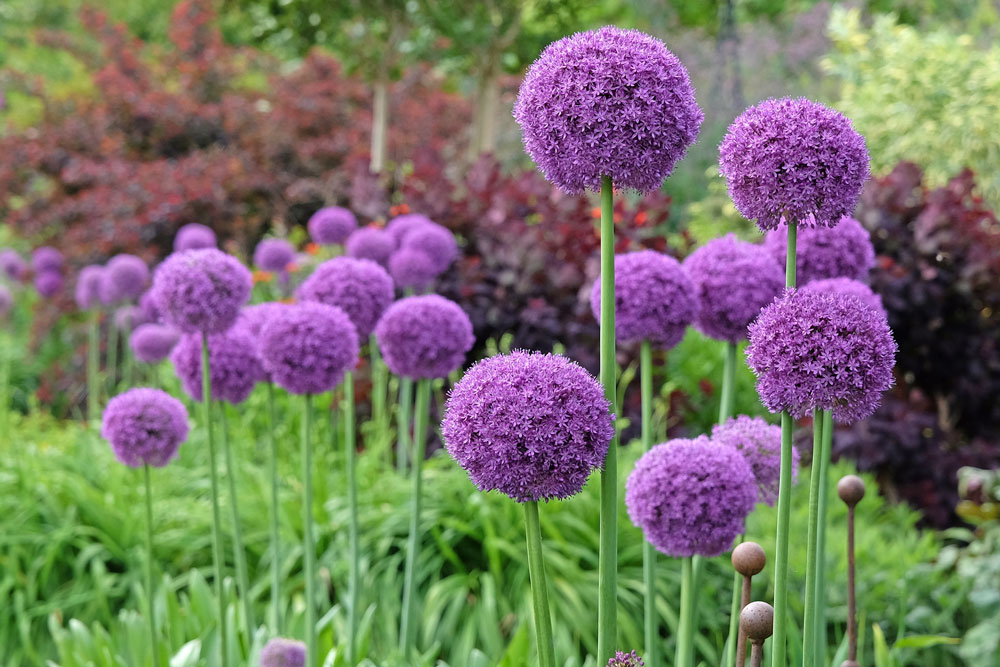
Alliums are the showstoppers of the spring garden. These ornamental onions boast spherical flower heads that seem to float above the foliage.
They range from petite 1-foot varieties to towering 6-foot giants. Alliums prefer full sun and well-draining soil. Plant them in fall for a stunning display that will have your neighbors asking, “What are those amazing purple globes?”
2. Helianthus
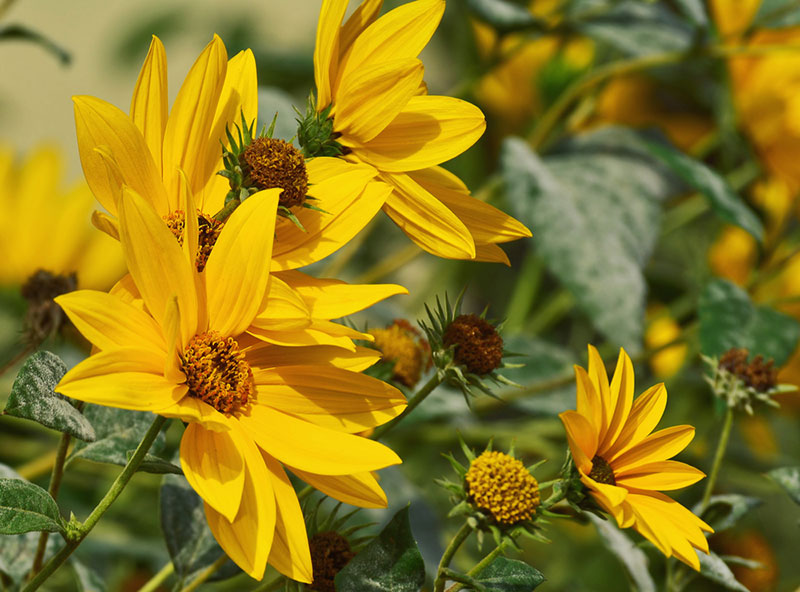
Bring a touch of sunshine to your late-summer garden with Helianthus, also known as perennial sunflowers. These cheery bloomers can reach impressive heights of 3 to 10 feet.
They’re perfect for creating living privacy screens or adding vertical interest to borders. Helianthus thrives in full sun and attracts pollinators like bees and butterflies. Plant them in September for a golden display next year.
3. Hosta
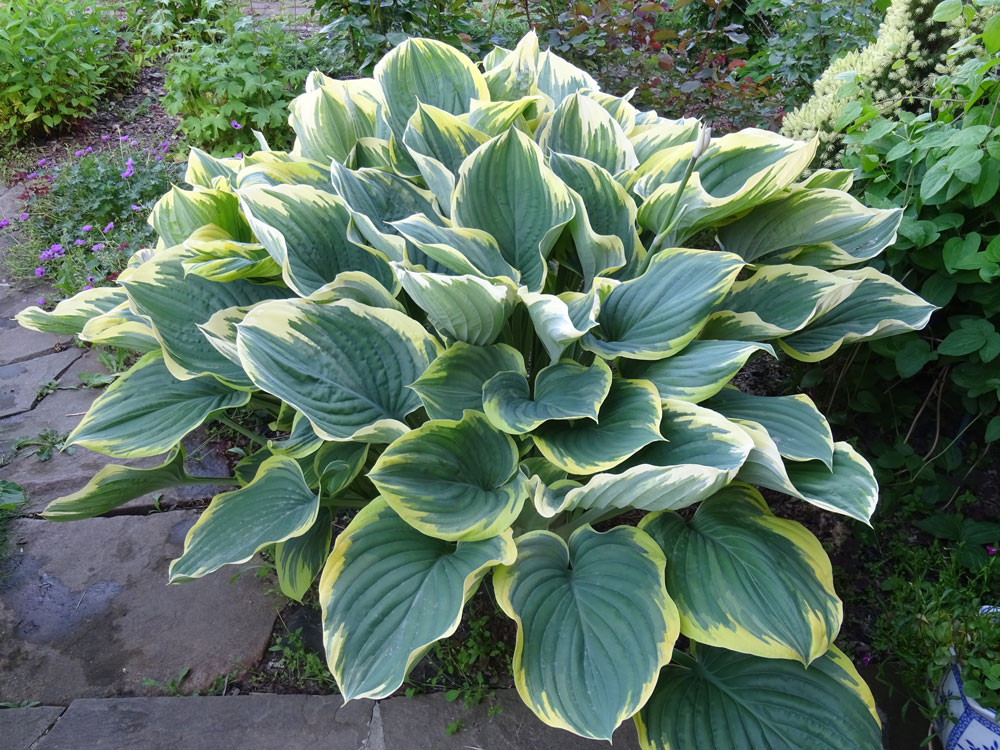
Looking to brighten up a shady spot? Hostas are your go-to perennials. These leafy wonders come in a variety of sizes, from miniature 6-inch varieties to statement-making 4-foot specimens. Their foliage ranges from blue-green to chartreuse, often with striking variegation. While primarily grown for their leaves, hostas also produce delicate flower spikes in summer. They’re a low-maintenance choice for dappled shade or woodland gardens.
4. Lavender
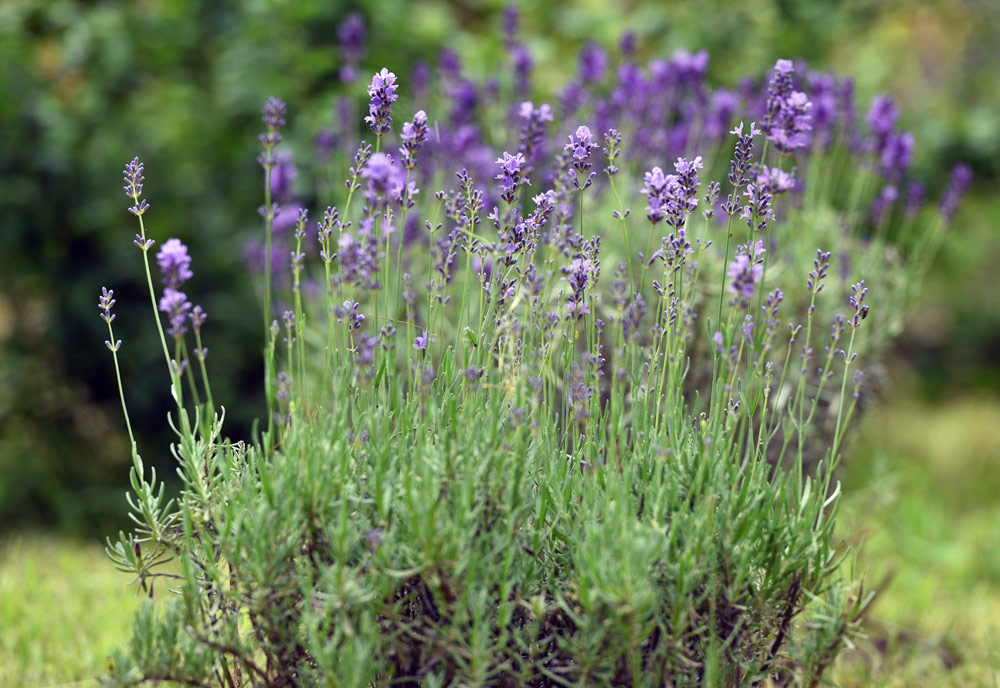
Bring the scent of Provence to your garden with lavender. This aromatic herb is beloved for its fragrant purple flowers and silvery foliage. Growing 2-3 feet tall, lavender prefers full sun and well-draining soil. It’s drought-tolerant once established, making it perfect for water-wise gardens. Plant lavender in September to give it time to establish roots before winter. Come summer, you’ll have a fragrant, pollinator-friendly addition to your garden.
5. Aster
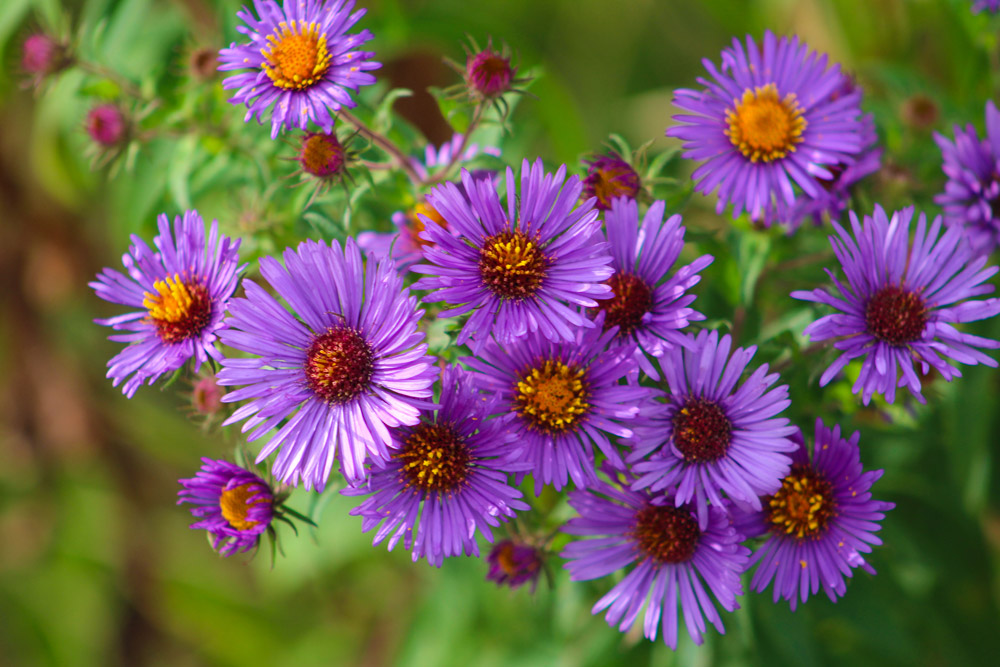
Asters are the stars of the fall garden, bringing much-needed color as other plants fade. These daisy-like flowers come in shades of purple, pink, and white. They range from compact 1-foot varieties to statuesque 4-foot beauties. Asters prefer full sun but can tolerate partial shade. They’re a vital late-season food source for pollinators, especially migrating monarchs. Plant asters in September for a spectacular autumn show.
6. Sedum
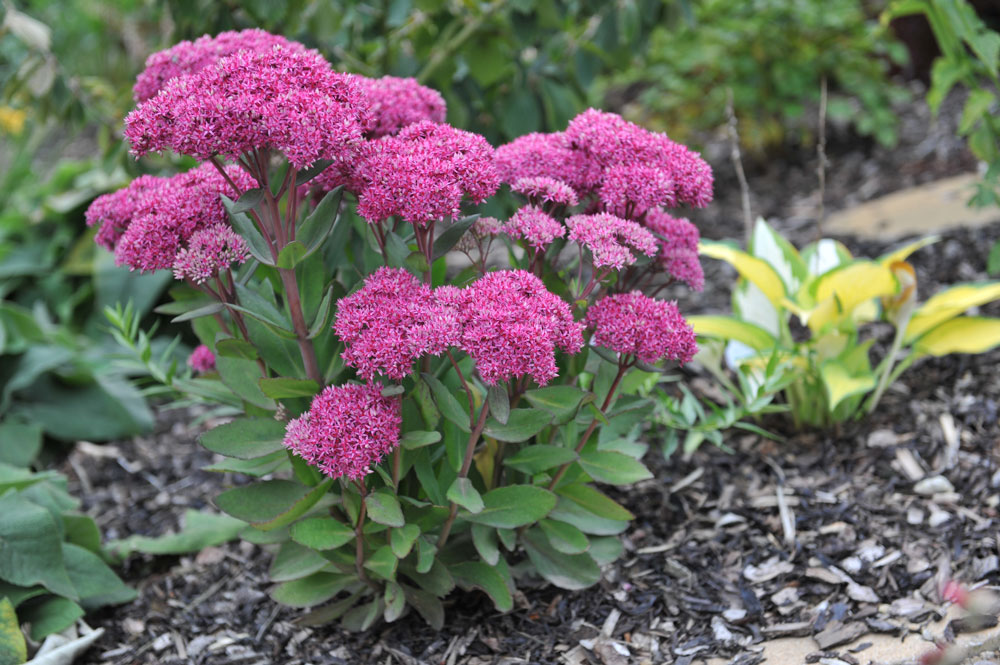
Sedums, also known as stonecrop, are the workhorses of the fall garden. These succulent perennials come in a variety of shapes and sizes. Their fleshy leaves store water, making them extremely drought-tolerant. Sedums prefer full sun and well-draining soil. In late summer and fall, they produce clusters of tiny flowers that attract butterflies. Plant sedums in September for easy-care, year-round interest in your garden.
7. Helenium
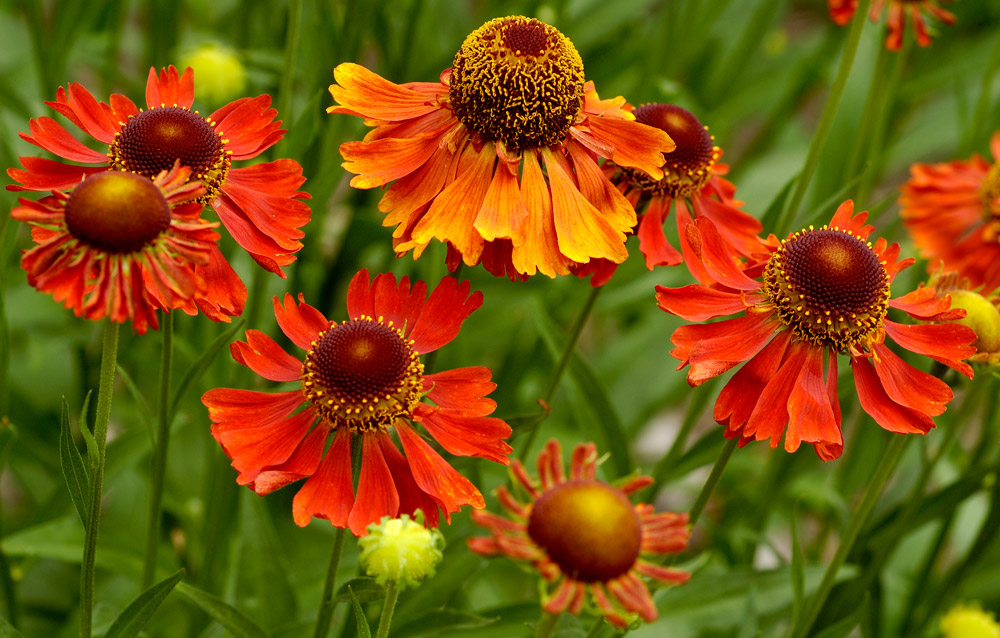
Add a pop of fiery color to your late-summer garden with Helenium, commonly called sneezeweed. Don’t let the name fool you – these plants won’t make you sneeze! They produce daisy-like flowers in warm shades of yellow, orange, and red. Growing 2-4 feet tall, Helenium prefers full sun and moist soil. They’re perfect for rain gardens or pond edges. Plant them in September for a blaze of color next year.
8. Chrysanthemum
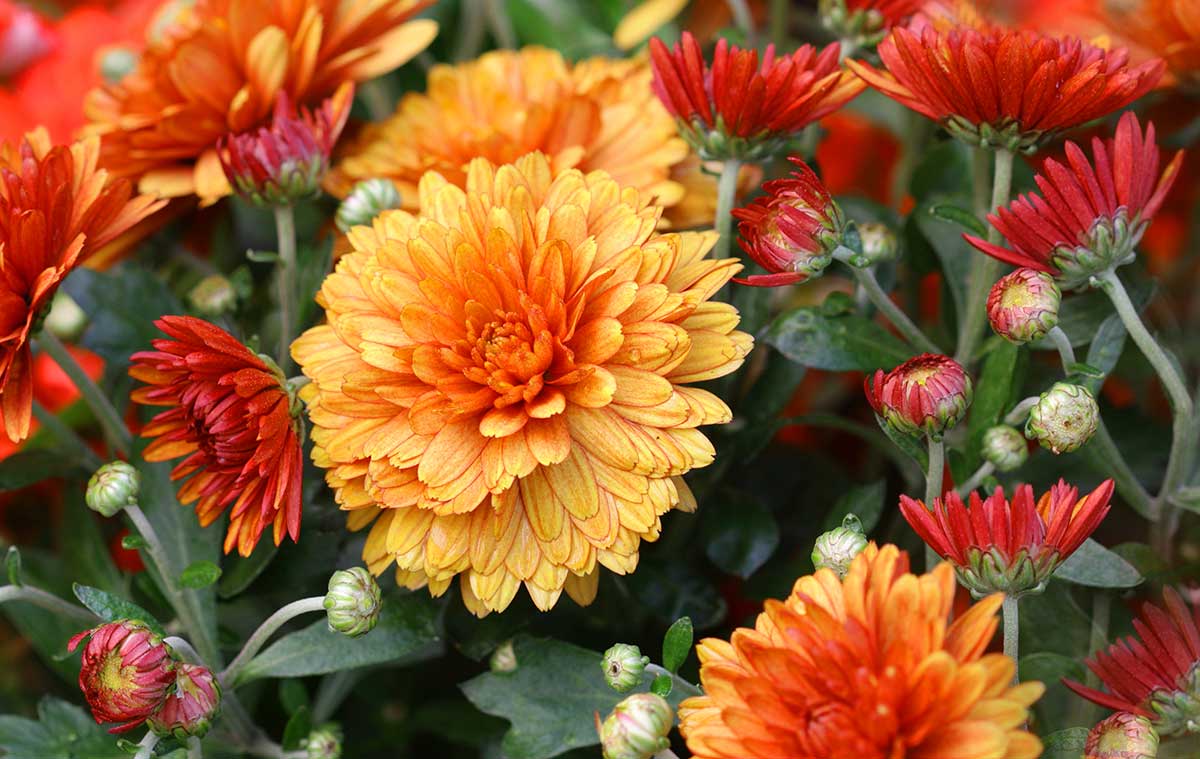
No fall garden is complete without chrysanthemums. These classic autumn bloomers come in a rainbow of colors and flower forms. From tight pompoms to loose daisies, there’s a mum for every taste. They prefer full sun and well-draining soil. While often treated as annuals, hardy mums can overwinter in many areas when planted in September. They’ll reward you with a stunning display of fall color year after year.
9. Blanket Flower
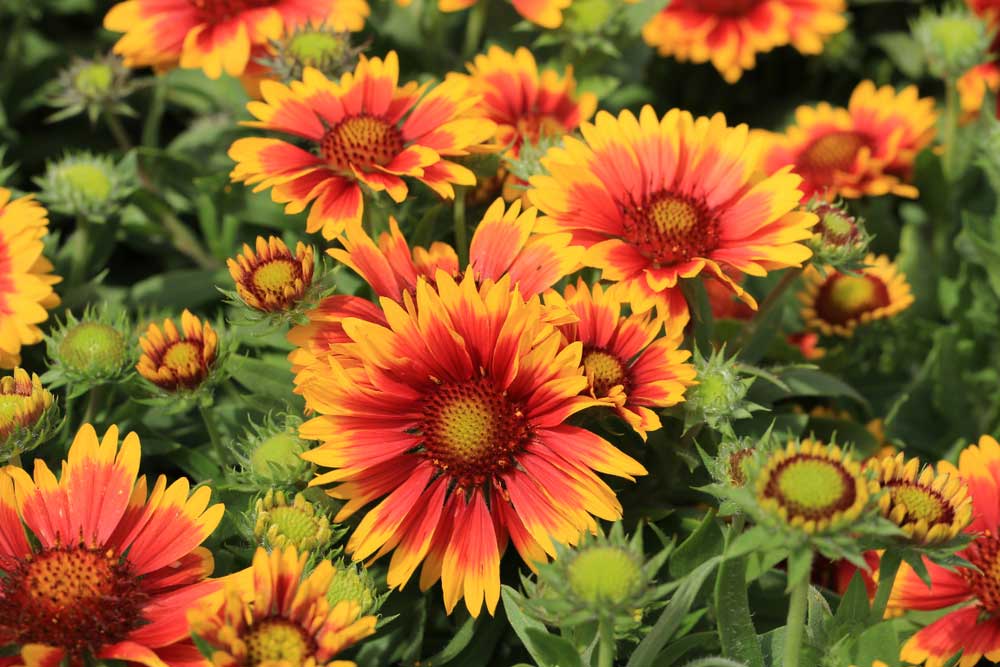
Bring the colors of a desert sunset to your garden with Gaillardia, commonly known as blanket flower. These cheerful daisies bloom in warm shades of red, orange, and yellow. Growing 1-2 feet tall, they’re perfect for front-of-the-border plantings. Blanket flowers thrive in full sun and well-draining soil. They’re drought-tolerant once established and bloom from summer into fall. Plant them in September for a long-lasting display of color.
10. Pansy
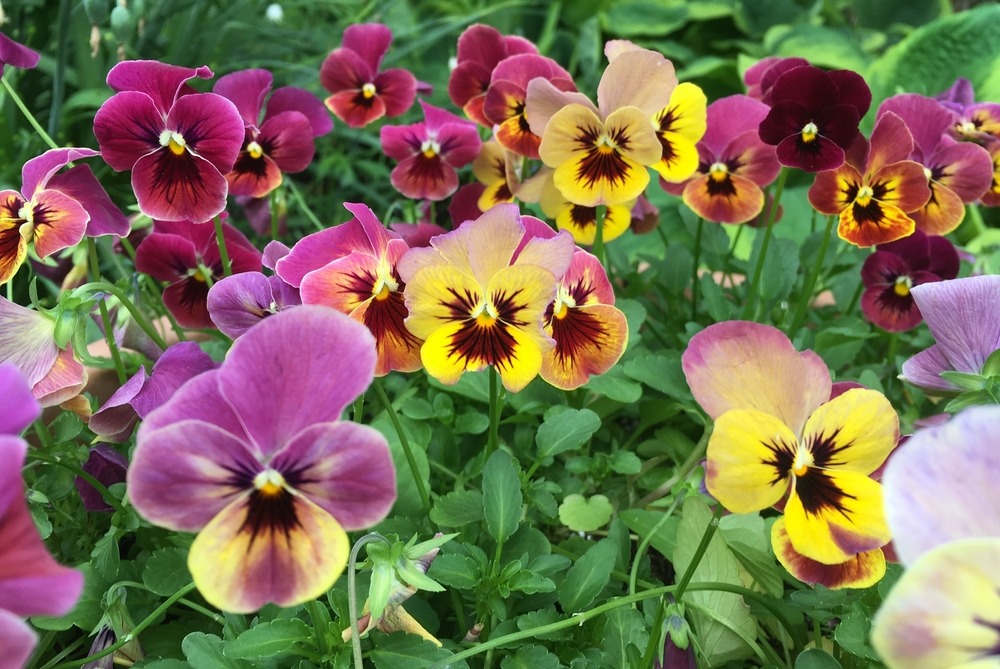
Who says you can’t have flowers in winter? Pansies are cool-season bloomers that thrive in fall and early spring. Their cheerful “faces” come in a variety of colors, from pure white to deep purple. Growing 6-12 inches tall, they’re perfect for containers or edging beds. Pansies prefer full sun to partial shade. Plant them in September for winter color in mild climates or early spring blooms in colder areas.
11. Montauk Daisy
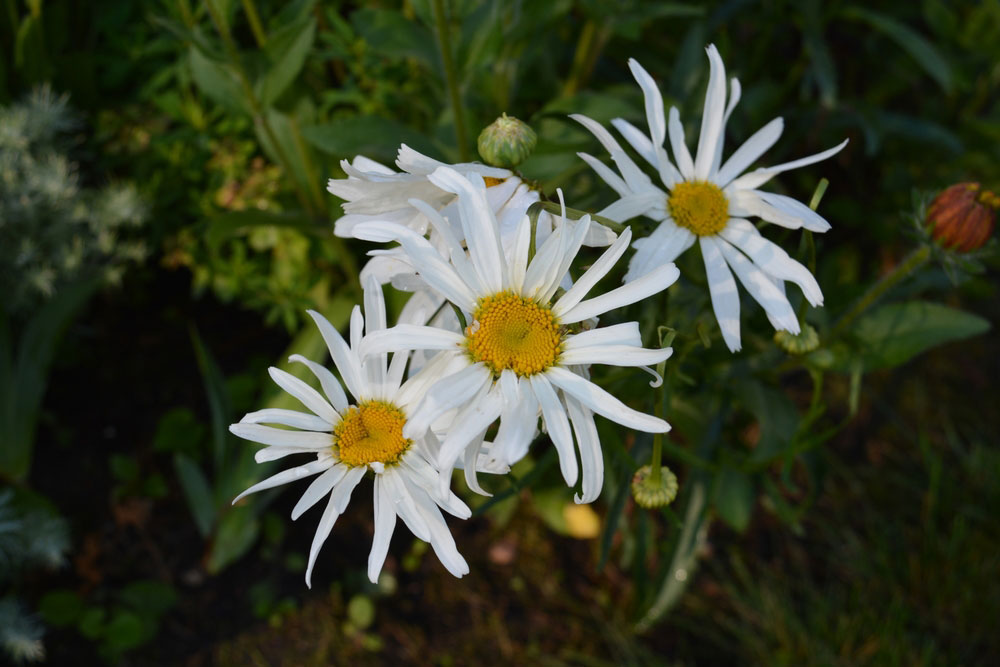
Bring a touch of coastal charm to your garden with Montauk daisies. These late-blooming perennials produce masses of white, daisy-like flowers atop dark green foliage. Growing 2-3 feet tall, they’re perfect for the middle of a sunny border. Montauk daisies are salt-tolerant, making them ideal for seaside gardens. Plant them in September to enjoy their cheery blooms next fall.
12. Heuchera
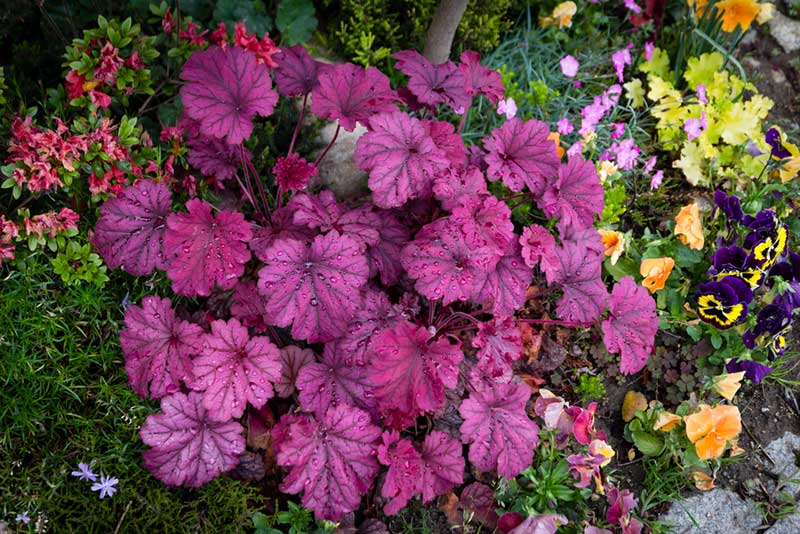
Add a splash of color to shady spots with Heuchera, also known as coral bells. These versatile perennials are grown primarily for their colorful foliage, which ranges from deep purple to lime green.
Growing 1-2 feet tall, they’re perfect for edging or container plantings. Heucheras prefer partial shade and well-draining soil. They also produce delicate flower spikes in late spring to summer. Plant them in September for year-round color.
13. Bee Balm
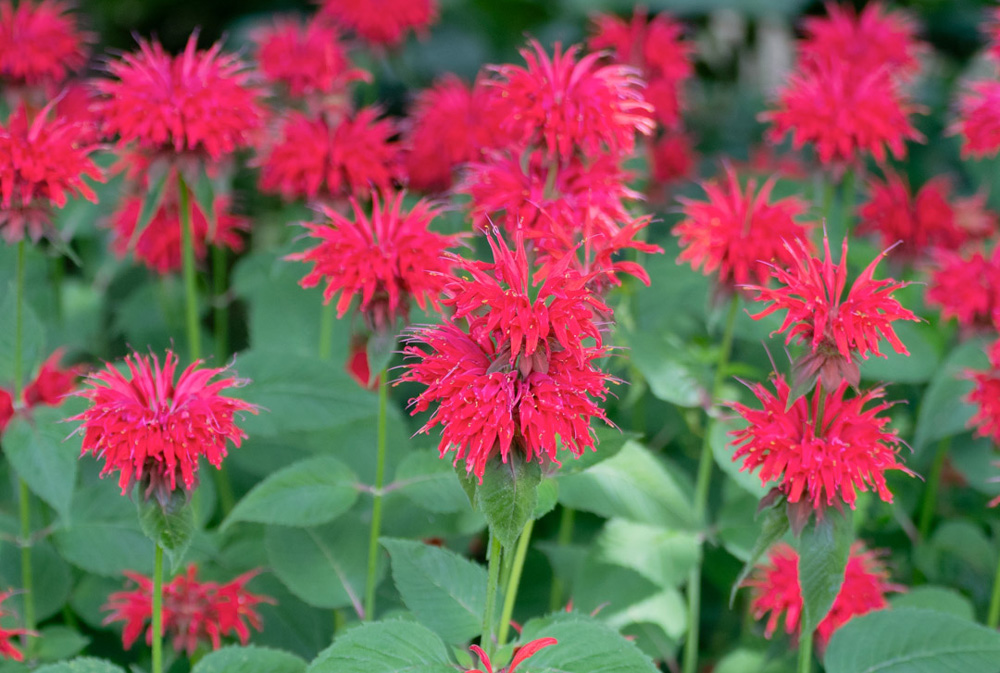
Attract pollinators and add a pop of color with bee balm. These native perennials produce shaggy, colorful flowers that resemble exploding fireworks. Growing 2-4 feet tall, they’re perfect for the middle or back of a border. Bee balm prefers full sun to partial shade and moist soil. They’re a favorite of bees, butterflies, and hummingbirds. Plant bee balm in September for a pollinator-friendly display next summer.
14. Coreopsis
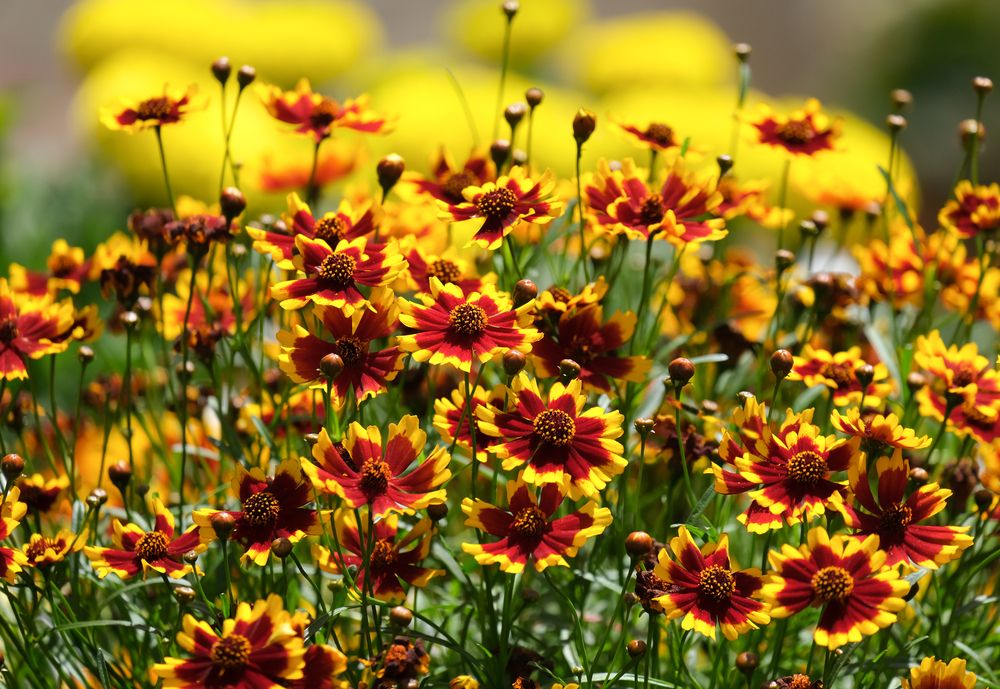
Brighten up your garden with the sunny blooms of Coreopsis, also known as tickseed. These cheerful daisies come in shades of yellow, orange, and red. Growing 1-3 feet tall, they’re perfect for mass plantings or mixed borders. Coreopsis prefers full sun and well-draining soil. They’re drought-tolerant once established and bloom from summer into fall. Plant them in September for a long-lasting display of color next year.
15. Saffron Crocus
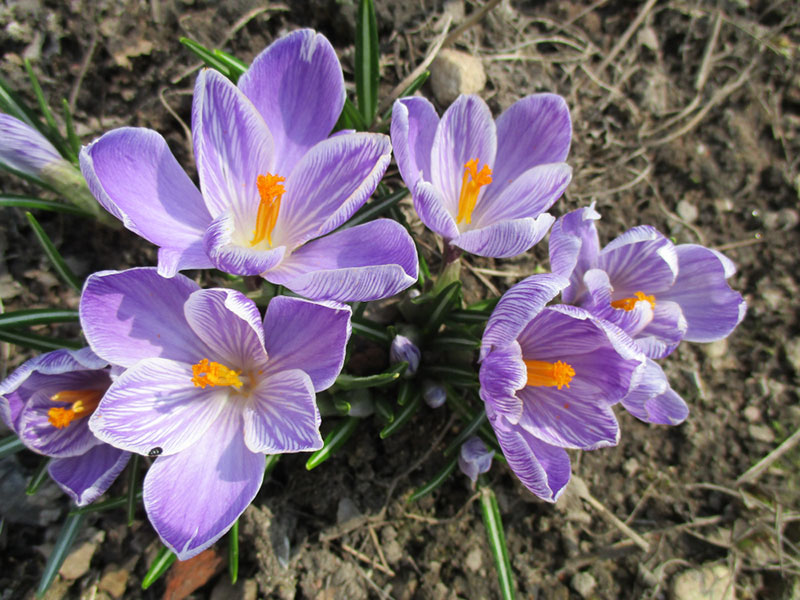
Add a touch of exotic flavor to your garden with saffron crocus. These fall-blooming bulbs produce delicate purple flowers with vivid red stigmas – the source of the prized spice saffron. Growing 6-12 inches tall, they’re perfect for rock gardens or the front of borders. Saffron crocus prefers full sun and well-draining soil. Plant them in September for a gourmet harvest and beautiful blooms this fall.
Why September is Ideal for Planting Perennials
Planting perennials in September isn’t just a good idea – it’s a gardening strategy that can lead to healthier, more robust plants come spring. Here’s why:
- Perfect Soil Conditions: September soil is still warm from summer, which encourages strong root growth. At the same time, the cooler air temperatures reduce stress on the plant’s foliage. This combination creates an ideal environment for root establishment.
- Less Watering Needed: Fall typically brings more rainfall in many regions, which means you’ll need to water less frequently. This not only saves you time and effort but also helps prevent overwatering, which can be detrimental to young plants.
- Reduced Transplant Shock: The milder temperatures of fall help minimize transplant shock. Plants can focus their energy on root growth rather than struggling to survive intense summer heat.
- Head Start for Spring: By planting in September, you’re giving your perennials a head start. They’ll establish a strong root system before winter dormancy, allowing them to burst into vigorous growth as soon as spring arrives.
- Less Pressure from Pests: Many garden pests are less active in the fall, giving your newly planted perennials a chance to establish themselves without the added stress of pest damage.
- Extended Planting Season: September planting allows you to extend your gardening season, taking advantage of pleasant weather to work outdoors.
- Better Plant Selection: Garden centers often offer a wide selection of perennials in the fall, sometimes at discounted prices as they clear out inventory.
Remember to continue watering your newly planted perennials until the ground freezes, and apply a layer of mulch to protect the roots over winter. This extra care in fall will pay off with a vibrant, thriving garden in spring.
By choosing to plant perennials in September, you’re setting your garden up for success. You’ll be rewarded with stronger plants, earlier blooms, and a head start on a beautiful garden next year. So grab your gardening gloves and take advantage of this optimal planting time – your future self (and your garden) will thank you!





